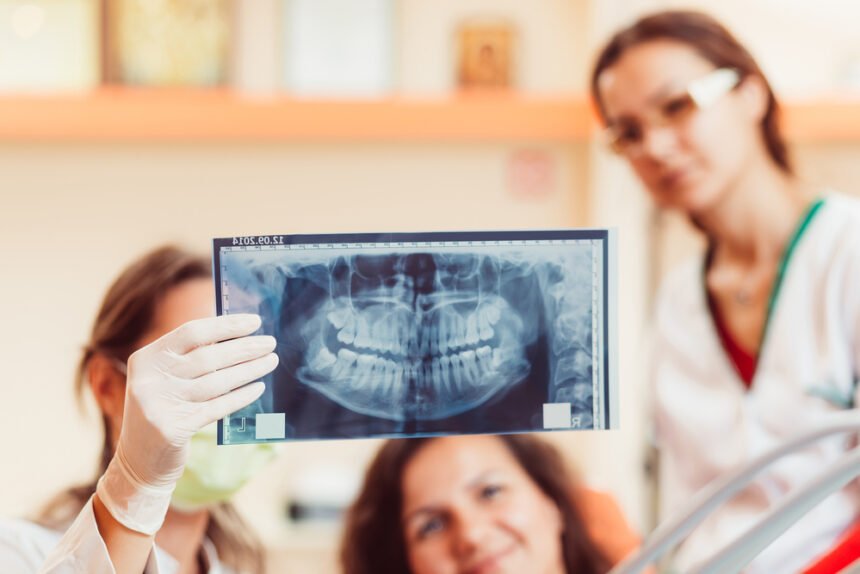Dental X-rays are commonplace in the oral practice but they’ve come a long way since its invention in 1895. Since then, many improvements have been made to increase its convenience, quality, accuracy and safety. Today dental X-rays are conducted in mere seconds in your routine visits with your dentist.
Within the last hundred years dentistry as a whole has greatly advanced. This has been the case with modern medicine in general because of equipment and tools that give practitioners the ability to perform oral sedation, have better imaging and access to various parts of the body that weren’t possible before.
Without dental X-rays the detection of damaged teeth and certain diseases would not be possible. The equipment available in the 1900’s would often cause damage to the hair and skin. But today’s x-rays are considerably safer because the amount a radiation exposure is drastically reduced. Nevertheless, safety equipment is used for extra protection.
In consultations with experts in the field and dentist Dr. Hashimi, we were made aware of new approaches to imaging that provide greater levels of comfort to patients. The use of state-of-the-art imaging technology allows practitioners to take shots of inside the mouth as well as outside.
Brief History
The brilliant Professor Wilhelm Conrad Roentgen first discovered the X-ray in 1895 and this revolutionized the medical field as well as Dentistry. The diagnosis of medical problems via x-rays had many great benefits. But there were also drawbacks because exposure to radiation caused many medical problems.
It was Drotto Walkhoff who took the first dental X-rays shortly after Roentgen’s discovery And this took him 25 minutes to create one image. Back then practitioners were unaware of the dangers of radiation exposure. With modern advancements we can now have x-ray images in 5 minutes with little exposure to radiation.
The first dental X-rays exposed patience the radiation for a long time. But by using faster film and learning how to capture images with more detail dentist can now use digital technology for quick and painless x-rays. It’s a little-known fact that in the 1950s dental x-rays had just started regular use in dental offices.
Back then it cost a lot for dentists to have dental X-rays in their offices, so many dentists felt like they could do without dental X-rays that gave easy diagnoses. Today dental X-rays are a routine part of your dental check-ups because of how easy it is to do them.
The Use of dental x-rays today
Dentists are now able to detect issues like cavities and signs of decay because of Digital dental x-rays. They can also look at teeth progression as well as bone have in children and provide early diagnosis of abnormalities. It’s also useful to be able to spot cysts, abscesses and even tumors that have the potential to cause injury or pain. Digital imaging can also solve problems. For example, with root canal treatments, dental implants, oral surgery procedures, gum disease treatments and much more.
The Safety of Dental x-rays today
The FDA and the American Dental Association of the U.S. have advised that’s the x-ray technology of today is safe to use without fear as long as proper guidelines for safe exposure to radiation is adhered to.
If you’re about to go to your dentist for a routine check-up, you need to ensure that you brush your teeth thoroughly and flossing would also be a good idea. This is because you want to create a cleaner environment inside your mouth when your dentist is at work and also because x-rays usually come before professional teeth cleanings.
Even though dental X-rays involve some radiation, the level of exposure is so minute that they are safe enough for adults as well as children. Before the X-ray, the dentists would place a lead bib over your chest, abdomen and pelvic area to protect your vital organs from unnecessary radiation.
If you have any thyroid conditions the dentist may place of thyroid collar around your neck. You may notice that they also use these for children and women who are of childbearing age.
However, if you are pregnant you should avoid any and all type of x-rays because radiation can be detrimental to developing foetuses. If you are pregnant or believe that you could be, you must inform your dentist at once.

